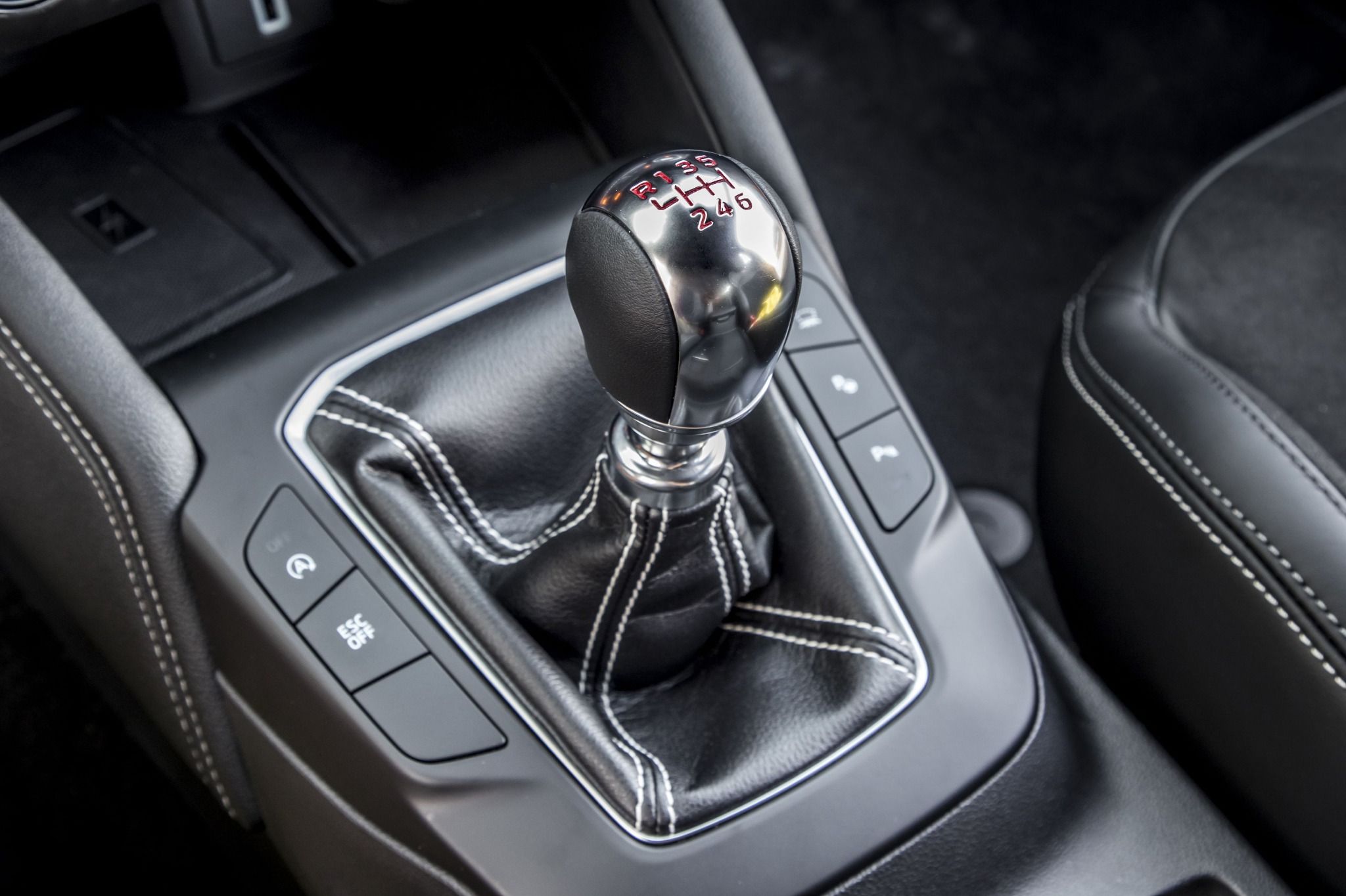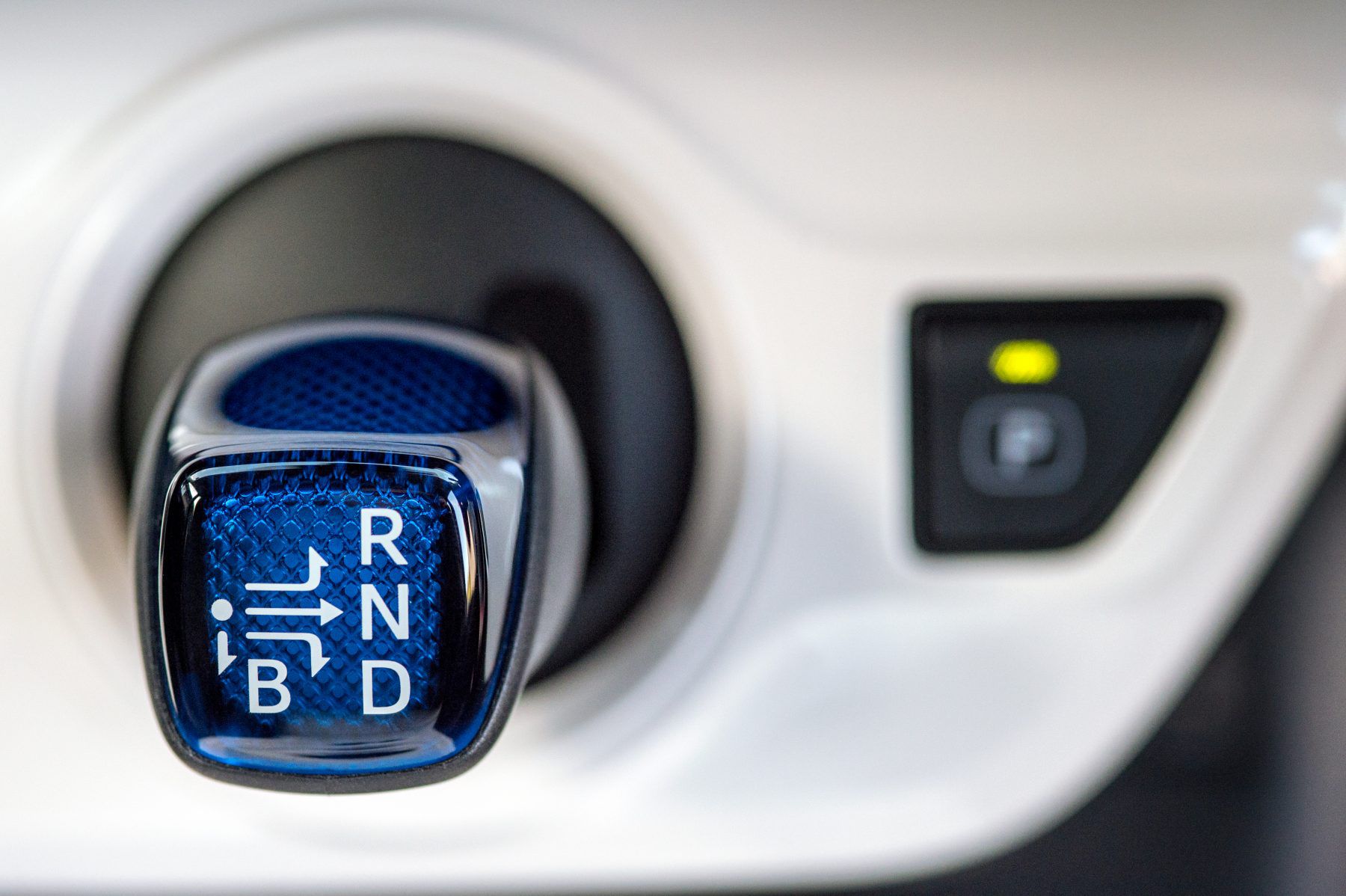Explained: Manual and Automatic Gearboxes
When you’re buying a car, you have lots of choices to make – colour, trim level, optional equipment, engine… But on many models, you’re also given a choice of gearbox.
For motorists in the UK, manuals have long been the default option, but automatics are ten a penny in other markets such as America. Though early autos were colloquially known as ‘slushboxes’ and tended to dent performance, fuel economy and driving pleasure, times have moved on, and the modern automatic can, in some cases, be a better choice than the manual gearbox.
Fans of performance automatics will brag all day about how their car can actually beat the manuals off the line, while the cash-conscious may enjoy lower CO2 emissions and higher fuel economy. There’s no denying that a good automatic transmission makes for a relaxing drive, either – giving your left leg a rest and letting the car do the work takes the sting out of a busy city commute.

What's the difference between types of gearbox?
The gearbox is a crucial part of what makes a car, well, a car. Central to its makeup, a gearbox is what allows power to be sent to the wheels from the engine and provides a key access point between driver and machine. As time has gone on, more and more types of gearbox have been developed and introduced. It means that there are several to choose from today, though how are they different? We’ve picked out some of the key gearboxes available and how they differ.
Manual transmission
The manual gearbox could be seen as the classic. It involves a stick which allows the driver to select the gear they want, while a pedal is used to disengage the clutch which then allows you to switch gears. This setup gives the driver full control over the gears, allowing them to either drop a gear to make quicker progress or choose a higher gear in order to save fuel.
Automatic transmission
Automatic transmission has been around in one form or another for nearly a century now. Invented in the 1920s, but popularised in the 1940s by Cadillac and Oldsmobile, the concept of removing one of driving’s toughest skills is one that’s remained attractive right up to today.
Automatic transmissions historically have been there to take the load off – removing the need for a driver to depress the clutch, select the gear, release the clutch and – in vehicles without synchromesh – to match the engine and transmission revs to ensure a clean change. Instead, drivers are simply able to select ‘Drive’ and set off without a care in the world.
In recent times, they’ve also become the choice of transmission for serious performance machines, able to deal with extreme power more safely and effectively than a human driver could.
But not all automatic transmissions are the same, so what are the different types? How do they work, and is there any difference to the user?
Torque Converter/Traditional automatic
Popularised by General Motors on 1940s Oldsmobiles and Cadillacs, these automatics use a fluid-filled coupling in place of a traditional clutch, and have remained broadly the same since then – albeit endlessly refined and improved.
The torque converter is arguably the oldest and most classic example of an automatic and for most of the last century, a torque converter automatic was near enough the only choice you had.
Rather than a clutch pedal to disengage the engine from the gearbox when switching gears, a torque converter pushes fluid around a sealed case known as an impeller. This, in turn, transfers energy from the engine into the fluid which then goes to the output shaft.
Torque converter automatics tend to offer very smooth shifts, making for a comfortable ride well suited to premium cars. These gearboxes use a fluid coupling known as a torque converter, which acts as a connection between the engine and gearbox. This torque converter allows the slippage of a clutch with no danger of components wearing out. It also has no issues coping with serious amounts of power – great for modern performance cars, however, they can be slow to pick up when you want to get a move on, though.
Should I buy a Traditional automatic?- Pros & Cons of Torque Converter Automatics
Early torque converter automatics had several distinct pros and cons. The fluid nature of the torque converter with no solid connection between engine and gearbox, combined with a severe lack of gears – usually three or four but often as few as two – meant that efficiency was somewhat lacking. Performance took a hit too, and torque converter automatics were slower than their contemporary rivals.
On the plus side, though, they’re the easiest and most reliable kind of automatic transmission. The benefit of a torque converter is that it allows for smooth acceleration at lower speeds, as well as good responsiveness at lower revs.
In modern torque converter autos, these problems have been nearly ironed out. The modern torque converter is one of the best transmissions you can buy – capable of providing super-smooth shifts when you’re just bumbling along, or razor-sharp ones when you put your foot down. A mechanical lock engages when the engine and gearbox are running at the same speed, reducing losses through the transmission. Modern auto boxes can also have as many as eight gears, helping performance and economy.
You’ll find the modern torque converter in everything from small economy cars to the most luxurious and powerful machines on the market. Nowadays, there’s really no disadvantage to ordering one – unless of course you prefer the involvement of a manual gearbox.

Dual-clutch transmission (DCT)
As you’ll have probably guessed, a dual-clutch transmission uses - that’s right - two clutches. In its most basic form, this will mean that there’s a separate clutch system for both the odd and even-numbered gears, and the two hand across between each other for rifle-quick gear changes.
It works by allowing one of the gearboxes to pre-select the next gear before shifting. Because of this, gearshifts are smoother and quicker than with other automatic ‘boxes, making them ideal for sports cars.
The dual-clutch ‘box is given many names by different manufacturers. Volkswagen and its sister brands go for DSG, Porsche for PDK, Renault goes for EDC, Hyundai and Kia for DCT. However, they all work in fundamentally the same way.
The Volkswagen Group was the first to put a dual-clutch box into a production car – on the 2003 Golf R32. From there, it made its way across performance vehicles to become the automatic transmission of choice for the whole Volkswagen Group – you’ll find it on everything from superminis to supercars. It’s not just a Volkswagen innovation, either – many manufacturers have a dual-clutch box in their stable.
Dual-clutch boxes are extremely fast to change under load, and the way power is passed between clutches means there’s little to no drop in power as the gears are switched. They can also be very smooth, making for a relaxed and steady progress. Economy and performance are not affected badly and in some cases can even be better than their manual counterparts. But when travelling at low speeds in stop-start traffic around town, dual-clutch boxes can be jerky and unpleasant to use – and early units have a poor reputation for reliability, and can cost a lot to repair.
That said, dual-clutch transmissions can suffer from hesitation. The gearbox’s electronic controller has to predict what the driver will do and react accordingly, and it doesn’t always get it right. This is most obvious in stop-start traffic, where the dual-clutch box can be hesitant, and when pulling away from a barely-stopped position, such as at a roundabout.
Dual-clutch transmissions can also be very fragile – early Volkswagen DSG boxes have a rather high failure rate, as do other, more modern ‘boxes such as Ford’s Powershift.

Single-clutch transmission/ Automated Manual
Sometimes referred to as automated manuals, single-clutch transmissions leave the existing manual clutch and gearbox systems in place and merely robotise the action. Essentially single-clutch transmission automatics are manual transmissions which shift automatically. Because of this, they feature a standard clutch which disengages the engine when switching gears.
Though simple in theory, in reality, single-clutch transmissions haven’t proved that popular. This type of transmission is fading out of use, but remains in place on some cheap cars and small automatics. It’s the smallest, lightest and cheapest way to get an automatic into a vehicle, but has several disadvantages.
Automated manuals are perhaps the most despised transmission around though, and can be horrifically jerky around town, as well as dawdling under hard acceleration. In fact, automated manual transmissions are guilty of ruining a fair few cars – so steer clear unless you know what you’re in for.
Should I buy an automated manual? - Pros & Cons of a Single-clutch Transmission Gearbox
The pros are, as mentioned, lightweight and low cost. These gearboxes are very simple and very efficient, and don’t add many components to the car.
On the downside, their simple nature simply doesn’t work very well. Humans can change gear with a single clutch because we know what we’re doing before we do it – robots have to catch up, and the resulting gearshifts are poor, jerky and extremely slow. It’s generally recommended to avoid an automated manual gearbox if you can.
Electric vehicle transmission
Electric cars don’t technically have a transmission, but if you’re considering an automatic car you should take a good look at electric vehicles. They act almost identically in most conditions, with two pedals and no gears to shift, but have the added bonus of a totally smooth and silent powertrain and zero tailpipe emissions.
EV’s aren’t ideal for everyone, of course – you’ll need somewhere to charge, and if you regularly do longer trips you’ll definitely need some form of combustion engine. However, if your circumstances suit, you too could be a convert to the electric lifestyle.